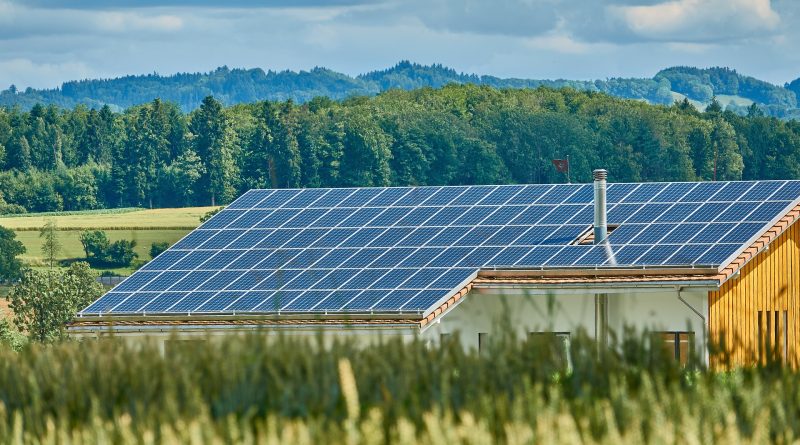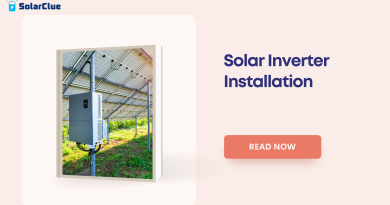Cost of a 20-Panel Solar System: Pricing and Savings
The increasing demand for renewable energy sources has led to a surge in popularity for solar power systems. Solar panels are a cost-effective method of harnessing the sun’s energy and converting it into electricity. As more and more homeowners and businesses consider taking the leap into solar energy, a common question arises – how much does a 20-panel solar system cost? In this blog, we will explore the factors that influence the cost of a 20-panel solar system and provide you with a comprehensive understanding of the expenses involved.
Table of Contents
The Cost of Solar Panels
Solar panel prices can vary significantly based on a variety of factors. The cost of individual solar panels typically ranges from $150 to $350 each, depending on their size, quality, and efficiency. It is important to note that pricing models for solar panels are often given per watt, and the final cost will depend on the wattage of the panels you choose.
Installation Costs
Once you have selected the solar panels, installation costs come into play. The installation process involves mounting the panels on your rooftop or in an appropriate location in your property, installing the necessary wiring, and connecting the panels to your electrical system. On average, installation costs can range from $2,000 to $5,000, depending on the complexity of the project and the necessary labor involved.
Inverter and Battery Costs
In addition to the solar panels themselves, an essential component of any solar power system is the inverter. The inverter converts the direct current (DC) generated by the solar panels into alternating current (AC), which is used to power your home or business. The cost of inverters typically starts from $1,000 and can go up to $3,000, depending on the size and capacity required.
While not mandatory, some homeowners may choose to invest in battery storage systems. These batteries store excess solar energy generated during the day for use during periods of low sunlight or at night. Battery costs can vary greatly, ranging from $5,000 to $15,000, depending on the capacity and brand.
Additional Costs
A 20-panel solar system requires additional equipment and materials to ensure its optimal functioning. This includes mounting racks, wiring, circuit breakers, and other components that may add to the overall cost. Additionally, securing the necessary permits and documentation from your local authorities may incur some fees. It is important to discuss these additional costs with your solar installer to ensure a complete understanding of the total expenses involved.
Government Incentives and Rebates
As an effort to promote clean energy adoption, many governments provide incentives and rebates for installing solar systems. These incentives can significantly reduce the overall cost of a 20-panel solar system. Examples of incentives include tax credits, grants, and feed-in tariff schemes. It is essential to research and understand the incentives available in your region to maximize your savings.
Final Cost
Taking into account the aforementioned factors, the total cost of a 20-panel solar system can range from $15,000 to $30,000 or more, depending on the quality of components and installation requirements. It is essential to obtain multiple quotes from reputable solar installers to ensure you receive the best price for your specific needs.
Conclusion
Embark on a cost-effective solar journey with SolarClue® as your guide to the cost of a 20-panel solar system in 2024. Gain insights into expense factors, choose efficient panels within budget, and explore financing options. SolarClue® assists in navigating government incentives, rebates, and optimizing savings, ensuring a financially viable investment. Understand geographical impacts, select reliable installers, and navigate regulatory landscapes seamlessly. Join a community sharing experiences, fostering collaborative learning, and support throughout your solar journey. Assess ROI, embrace tips, and best practices for well-informed decisions. Optimize your solar investment with SolarClue® in 2024.
Frequently Asked Questions
SolarClue® offers insights into factors influencing the cost of a 20-panel solar system, considering technology, installation, and market trends, providing users with a comprehensive understanding of the overall cost structure in 2024.
SolarClue® explains the impact of solar panel choices on costs, guiding users to select panels that balance efficiency and cost-effectiveness, ensuring an optimal choice for a 20-panel system in 2024.
SolarClue® assists users in exploring financing options, government incentives, and rebates to offset the cost of a 20-panel solar system, ensuring a financially viable investment in 2024.
SolarClue® offers information on the expected savings and ROI, assisting users in assessing the financial benefits of a 20-panel solar system over time and making informed decisions in 2024.
SolarClue® explains how geographical location impacts efficiency and costs, guiding users to optimize their plans for a 20-panel system based on specific location factors, ensuring maximum effectiveness in 2024.
SolarClue® outlines considerations for selecting an installer, providing guidance on choosing a reliable and experienced professional for the installation of a 20-panel solar system in 2024.
SolarClue® assists users in understanding and navigating the regulatory landscape, guiding them on permits required for installing a 20-panel solar system, ensuring compliance and a smooth project execution in 2024.
SolarClue® fosters a community where users share experiences and insights about their 20-panel solar system projects, creating a collaborative space for learning and support in 2024.
SolarClue® provides assistance in understanding maintenance requirements and costs, ensuring users are informed about the long-term performance and durability of their 20-panel solar system in 2024.
SolarClue® provides tips and best practices to users planning to invest in a 20-panel solar system, ensuring they make well-informed decisions and achieve maximum benefits from their investment in 2024.




